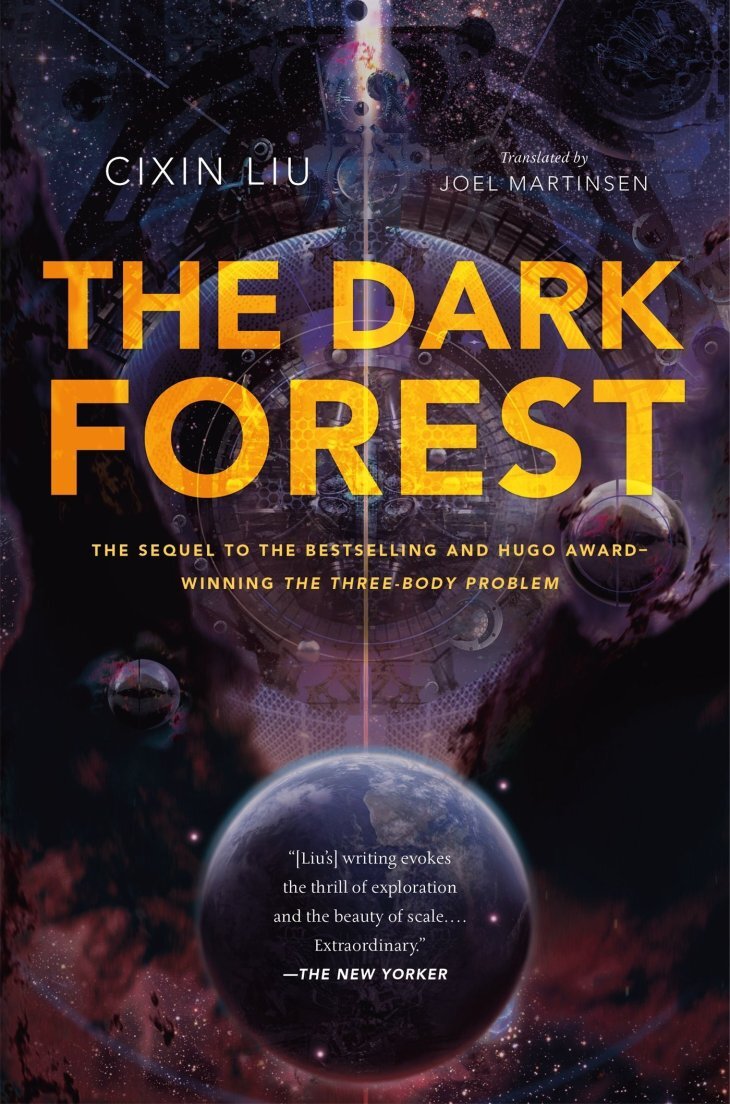I waited way too long to write this, so my memory isn’t as clear as it could be.
I recently read The Man in the High Castle, which could by some metrics be considered Philip K Dick’s least Dickian work. By those same metrics, VALIS might be the most Dickian of his novels, at least among those I’ve read. To make this statement less meaningless, I should probably define what I mean by Dickian, which is the use of science fiction tropes to evince distinct veneer of unreality. Blurring of this sense of truth is universal in Dick’s fiction, be it the phony police station and paranoid hunt for replicants in Do Androids Dream of Electric Sheep?, the uncertainty of which characters are truly dead in Ubik, or the personality-splitting Substance D in A Scanner Darkly. VALIS dials this up further by making Dick himself the narrator and protagonist of the book, despite the narrator and the protagonist being two different people(though also not).
The book ostensibly stars Horselover Fat, a recovering drug addict and amateur theologist who becomes convinced of having received information from a sentient pink light beamed into him by a satellite called VALIS. The book functions as a kind of first person pedestal story, with Dick discussing (ang tagging along on) Horselover’s quest for deeper truth and embroilment in strange conspiracies pertaining to early Christianity and time dilation. Only Horselover Fat is also Philip K Dick—his first and last name, in fact, being crude translations of Philip (from the Greek) and Dick (from the German). This is something Dick himself admits in the first few pages but then glosses over for most of the book in an elegant display of gaslighting.
The plot is light and hard for me to remember in great detail, but it is almost besides the point. Dick is somewhat like Raymond Chandler in that his fiction is more about mood than story, and that is particularly true in VALIS (perhaps that also makes it his most Dickian?). There is some stuff involving a rock star whose child is a reincarnation of Christ and subliminal messages through an arthouse film, but mostly the drive is the interaction between the characters, who (another Dickian touch) are erudite deadbeats, intelligent and eloquent but too damage to function in society.
I wouldn’t recommend VALIS as an introduction to Philip K. Dick’s work, but for those who have read several of his books and enjoy his style, it’s worth reading.










